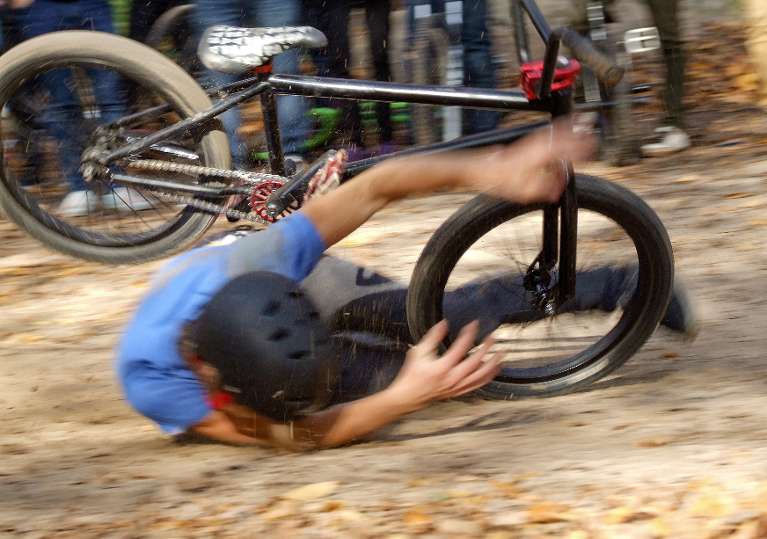
Accidents can happen- while playing sports, while riding a bike. What should you do if a tooth gets knocked out (avulsed) from its socket?
The following is a set of guidelines determined by experts in dental trauma on how to manage a tooth being knocked out (avulsion).
Most of the time, the affected tooth is likely to be an upper front one. First is to determine whether the accident involves a baby tooth or an adult (permanent) tooth.
Knocked out baby tooth: Baby teeth that are knocked out completely must not be re implanted in the mouth. If the patient is under 6 years of age, it is likely to be a baby tooth. If there has been trauma to surrounding lips and facial area, the child should be examined by a medical professional. The tooth however, must not be placed back in the socket as this could potentially cause damage to the unerupted adult tooth underneath.
Knocked out adult tooth: For an adult tooth that has been knocked out, re-implanting the tooth in its original position has been shown to provide the best outcomes.
Here are the steps to follow at the site of the accident:
- Keep calm
- Locate the missing tooth
- Pick up the tooth, holding the crown (the white part), not the root portion.
- If the tooth is dirty, gently rinse with milk or saline. If none of those is available, saliva from the patient can be used. Get them to spit onto the tooth or into a container.
- Replant the tooth immediately into the patient’s mouth.
- If immediate replantation is not possible e.g., the patient is unconscious, store the tooth (in order of preference) in milk or patient’s saliva that has been collected in a container, or saline. If none of the above is available, water can be used but is the least suitable. It is however not ideal to leave the tooth to dry out. The tooth can be brought in the storage medium to the emergency clinic with the patient.
- Take the patient to see a dentist asap.
What happens to a knocked out (avulsed) tooth that has been re-implanted?
The dentist will first stabilise the replanted tooth by linking it with the adjacent teeth with a wire. This is called a splint. This splint must remain in place for 2 weeks. During that time, the patient must avoid placing any pressure on the splinted tooth so it does not move. This is to allow the re implanted tooth to firm up in the socket. Antibiotics are prescribed and the patient must ensure their tetanus status is updated, or a booster shot might be necessary.
After the 2 weeks has elapsed, the dentist must carry out root canal treatment on the tooth. The root canal treatment is completed a month after.
The tooth must be observed over the following years for changes and x-ray pictures taken after 1 month, 3 months, 6 months and 1 year after the event. After that, an x-ray picture must be taken every year for the next 5 years at least.
The longer the re-implanted tooth has been out of the mouth and left to dry out, the higher the risk that it undergoes a process called ‘resorption’ after re-implantation and treatment. This involves gradual destruction of the tooth root which can lead to the tooth crown eventually fracturing off.
The re-implanted tooth can also become ankylosed where the tooth root becomes fused to the surrounding bone.
This is why regular monitoring of the tooth must occur over a few years in order to plan for treatment if resorption is occurring and the tooth is lost.
Replacement of the lost tooth can involve an implant, a bridge or a denture.
If you or someone you know has a tooth knocked out, contact us as soon as you can at the Melbourne Smile Clinic, your dentist in Northcote, so prompt action can be taken to maximise the chances of retaining the tooth.
Ref: International Association of Dental Traumatology guidelines for the management of traumatic dental injuries: 2. Avulsion of permanent teeth. Fouad et al.

Located in Melbourne Inner North, The Melbourne Smile Clinic is your dentist for Northcote, Thorbury, Fairfield, Westgarth, Clifton Hill, Preston and surrounding suburbs.
For more information or for an appointment, contact us on 9078 4471 or send us a message here
